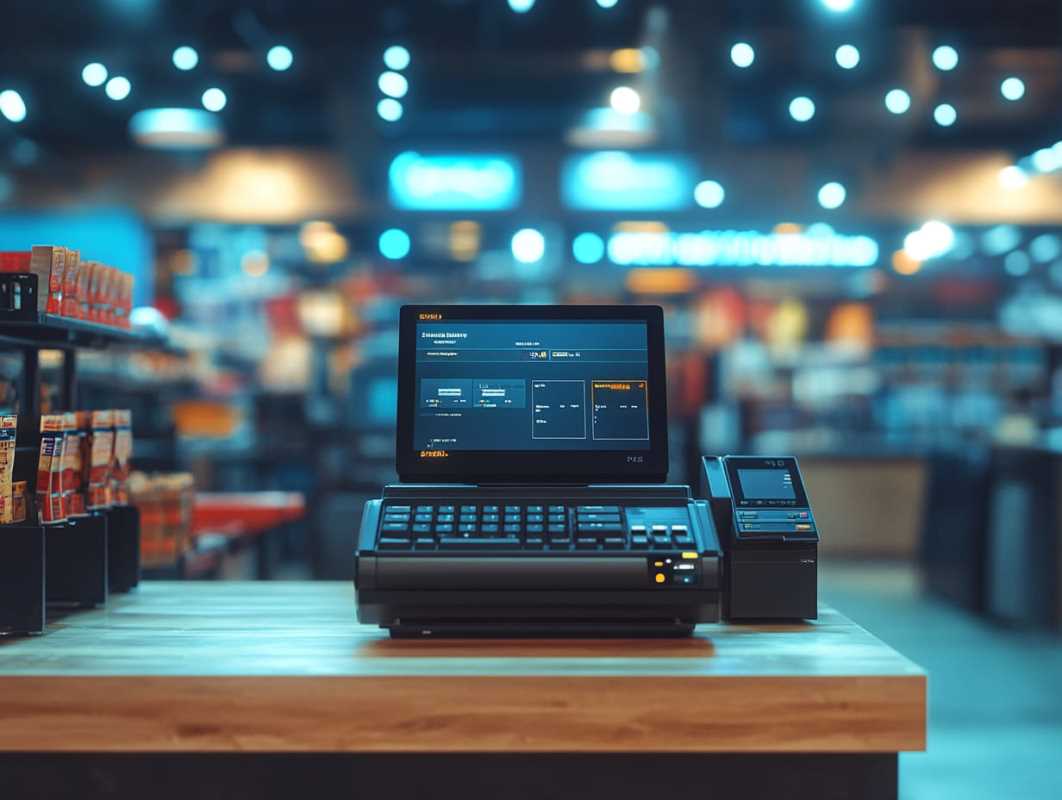You walk into a store, easily find what you need, and complete your purchase with just a few taps on a sleek, modern device. It’s a far cry from the days of bulky, mechanical cash registers perched on every counter. The move from those outdated machines to sophisticated retail data analytics systems marks a major evolution in how businesses operate and engage with customers. This transformation reflects broader tech innovations and shifting consumer behaviors—signals of a commerce landscape that’s rapidly changing and full of potential.
The shift away from simple transaction management to comprehensive data analytics has opened new opportunities for retailers. By utilizing vast amounts of data, businesses can now gain deeper insights into consumer preferences, optimize inventory management, and tailor marketing methods like never before. This transition enhances operational efficiency and creates a more personalized shopping experience for customers.
The Evolution of Cash Registers
In the early days of retail, cash registers served as the backbone of store operations. These devices, primarily mechanical, recorded sales transactions, calculated totals, and provided receipts. The introduction of electronic cash registers brought about significant improvements, allowing for more accurate calculations and easier management of sales data. As businesses grew, their needs became more complex, leading to the development of digital cash registers that could handle more sophisticated tasks like basic inventory tracking and sales reporting.
Despite advancements, traditional cash registers had limitations. They focused primarily on processing transactions and lacked the capability to analyze data comprehensively. As the retail landscape became more competitive and consumer expectations evolved, businesses recognized the need for tools that could go beyond mere transaction processing. This realization paved the way for integrating advanced retail data analytics, enabling retailers to make data-driven decisions and stay ahead in a rapidly changing market.
Benefits of Advanced Retail Data Analytics
Advanced retail data analytics offers numerous advantages over traditional methods, changing how businesses operate and engage with customers. Some of the key benefits include:
- Enhanced Inventory Management: Retail data analytics provides real-time insights into inventory levels, enabling businesses to maintain optimal stock and reduce overstock or stockouts.
- Improved Customer Insights: By analyzing customer data, retailers can understand shopping behaviors, preferences, and trends, allowing for more targeted marketing and personalized experiences.
- Increased Sales and Profitability: Data-driven methods help identify high-performing products and sales opportunities, promoting growth and boosting profitability.
- Streamlined Operations: Analytics can optimize various operational aspects, from supply chain management to staff scheduling, enhancing overall efficiency.
- Effective Marketing Approaches: With detailed data on customer demographics and behavior, retailers can craft marketing campaigns that resonate more effectively with their target audience.
Technological Advancements Driving the Shift
Several technological advancements have played a key role in driving the shift from traditional cash registers to advanced retail data analytics. These include:
- Cloud Computing: The move to cloud-based systems allows retailers to store and access vast amounts of data securely and efficiently, facilitating real-time analysis and scalability.
- Big Data Analytics: The ability to process and analyze large datasets enables businesses to extract meaningful insights and make informed decisions based on comprehensive information.
- Internet of Things (IoT): IoT devices, such as smart shelves and connected point-of-sale systems, collect valuable data that feeds into analytics platforms for enhanced operational visibility.
- Artificial Intelligence and Machine Learning: These technologies power predictive analytics and automation, allowing retailers to anticipate trends, personalize customer interactions, and optimize processes.
- Mobile Technology: Mobile devices provide flexibility in data collection and analysis, enabling retailers to access analytics tools and insights on-the-go.
Integration of Data Analytics in Retail
Integrating retail data analytics into business operations involves several key steps. Retailers must first ensure they have the right infrastructure to collect and store data from various sources, including sales transactions, customer interactions, and inventory levels. Once data is gathered, advanced analytics tools can process and interpret this information, providing actionable insights that drive strategic decision-making.
Successful integration requires a cultural shift within the organization. Employees at all levels must receive training to understand and utilize data analytics tools effectively. This enhances individual performance and creates a data-driven environment where decisions rely on empirical evidence rather than intuition alone. By embracing retail data analytics, businesses can remain competitive and responsive to market changes, ultimately leading to sustained growth and success.
Challenges in the Transition
Transitioning from traditional systems to advanced data analytics presents challenges. One primary concern is data privacy and security. As businesses collect more customer data, they must ensure that this information remains protected against breaches and misuse, complying with relevant regulations and maintaining customer trust.
Another significant hurdle involves the cost associated with implementing advanced analytics systems. Investing in new technology, training staff, and maintaining data infrastructure can be expensive, particularly for smaller retailers. Some employees accustomed to traditional methods may resist adopting new tools and processes. Overcoming these challenges requires careful planning, adequate resources, and a commitment to creating a culture that values data-driven decision-making.
 (Image source: Midjourney)
(Image source: Midjourney) 





